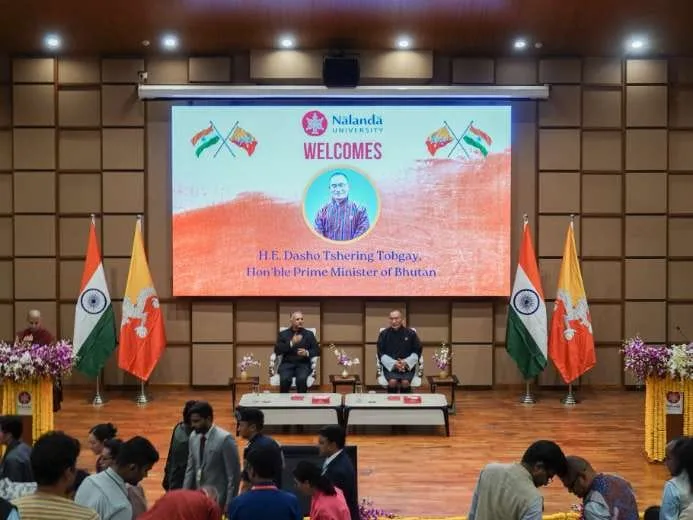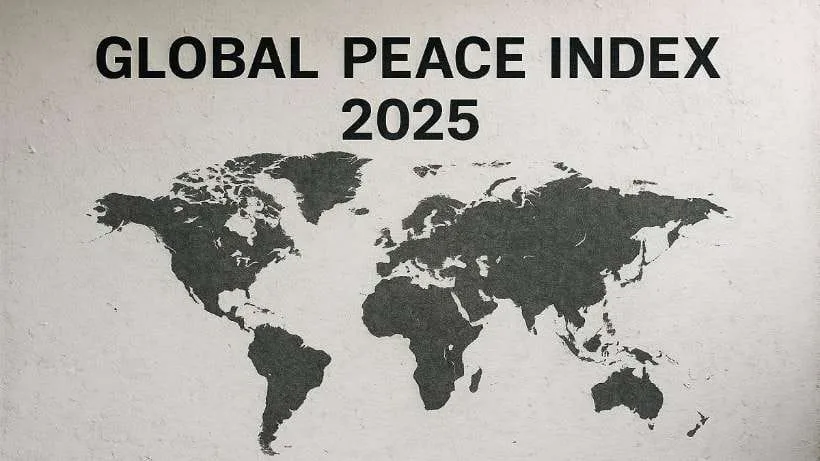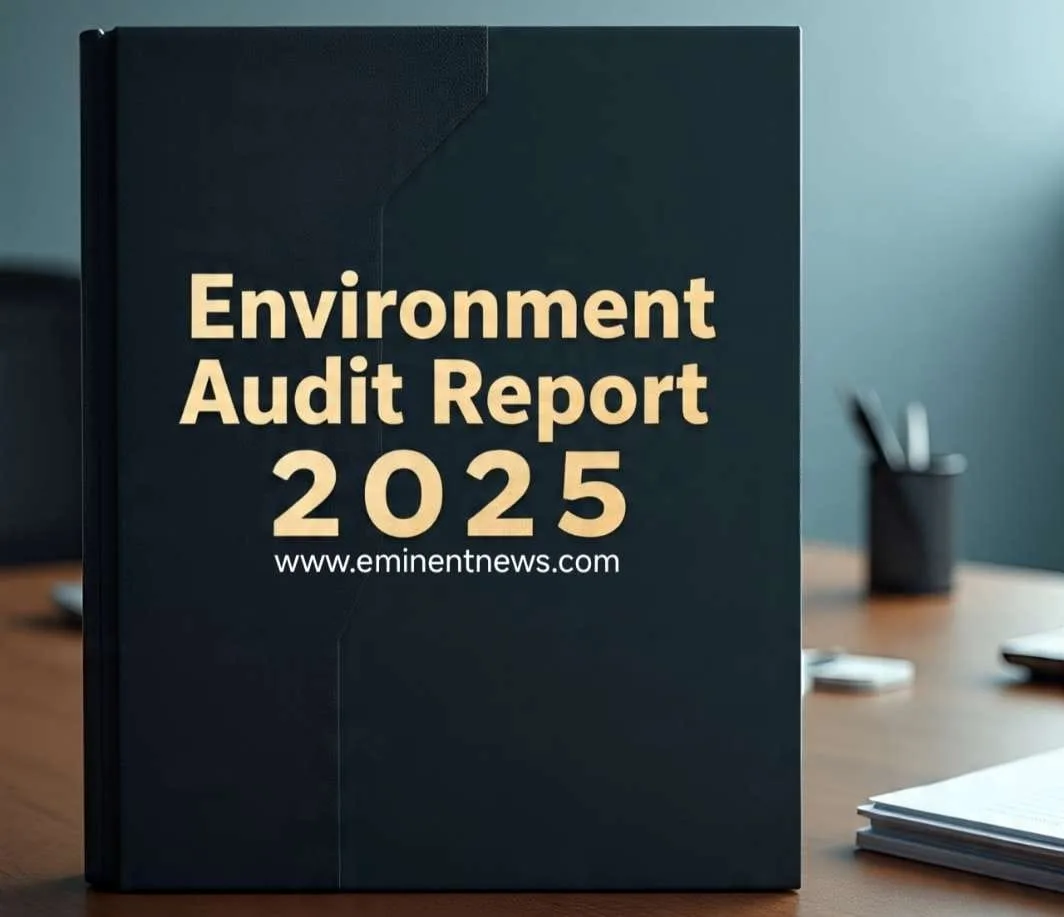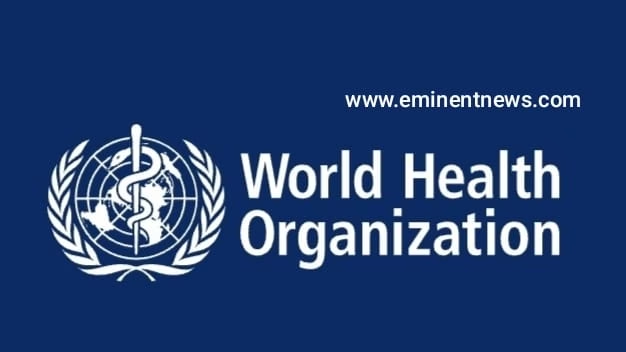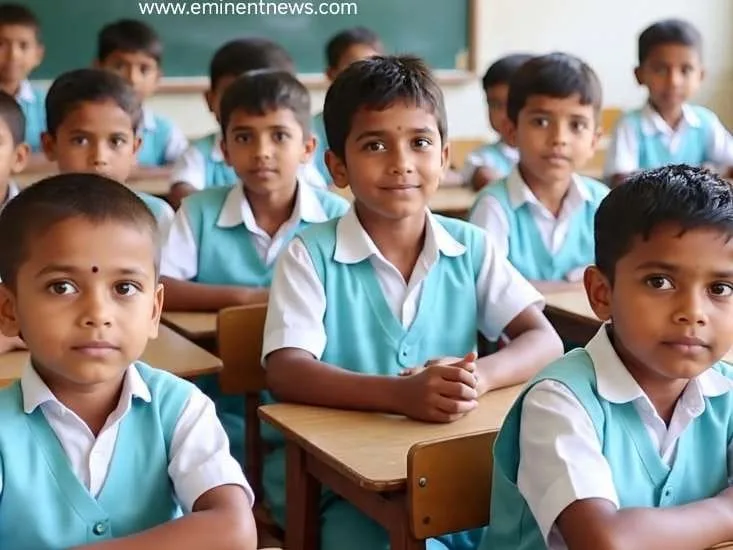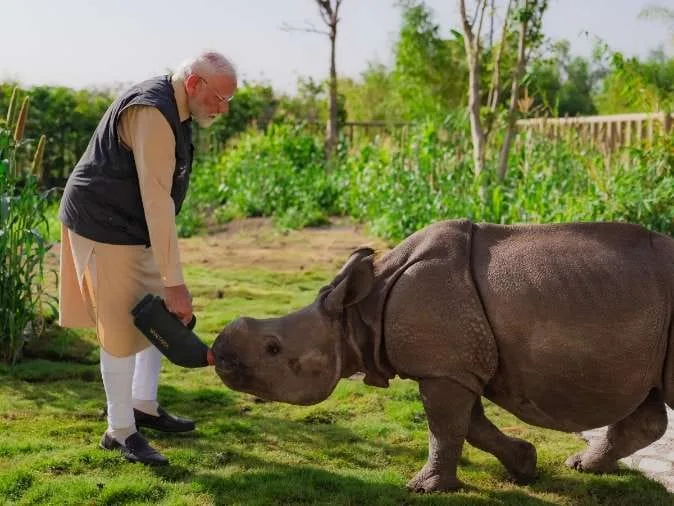The State of Food Security and Nutrition in the World (SOFI) 2025 report shares the latest data on global hunger, food security, and nutrition…
Mains points : Released By the (FAO+IFAD+UNICEF+WFP+WHO) Altogtether
In 2024, about 8.2% of the global population, or roughly 673 million people, experienced hunger. This is a slight drop from 8.5% in 2023 and 8.7% in 2022. However, the rate is still well above pre-pandemic levels and higher than in 2015.
- Moderate or severe food insecurity affected around 2.3 billion people worldwide in 2024.
- Asia had the highest number of undernourished individuals, totaling 323 million. Africa followed with 307 million, while Latin America and the Caribbean had 34 million.
- Despite some progress in regions like Southeast Asia, Southern Asia, and South America, food insecurity is either rising or continuing in many areas of Africa and Western Asia.
- Food price inflation in 2023 and 2024 has raised the cost of a healthy diet worldwide, though the number of people unable to afford such a diet dropped from 2.76 billion in 2019 to 2.60 billion in 2024.
- Child nutrition indicators show mixed results. Stunting in children under five has declined globally from 26.4% in 2012 to 23.2% in 2024. However, rates of child overweight and wasting have largely remained the same.
- Adult obesity and anemia among women of reproductive age have increased globally.
- The report highlights that food price inflation has delayed progress, especially for low-income and vulnerable groups. It calls for coordinated policy responses, including targeted fiscal measures, social protection programs, transparent monetary policies, investments in resilient agrifood systems, and improved market information systems.
- It stresses the need for urgent, coordinated, and inclusive global action to meet the Sustainable Development Goals (SDG 2.1 and 2.2) aimed at ending hunger, food insecurity, and malnutrition by 2030.
- India faces the dual challenges of undernutrition and rising obesity, requiring specific interventions to meet global nutrition targets.
” SOFI 2025 points out that while some progress has been made in reducing hunger and food insecurity, the world is still not on track to fully achieve the goals of zero hunger and better nutrition by 2030. Persistent regional disparities demand urgent and sustained efforts ”
About SDG Goal 2030
Sustainable Development Goals (SDGs)
- The United Nations General Assembly, during its 70th Session in 2015, adopted the document titled “Transforming our World: The 2030 Agenda for Sustainable Development.”
- This document outlines 17 Sustainable Development Goals (SDGs) and 169 associated targets.
- The SDGs, also known as the Global Goals, came into force with effect from 1st January 2016.
- The SDGs serve as a comprehensive blueprint aimed at achieving a better and more sustainable future for all.
- The goals call for action on addressing global challenges such as poverty, inequality, climate change, environmental degradation, peace and justice.
- The SDGs are universal, applying to all nations like developed, developing and least developed countries.
- Countries are primarily responsible for following up and reviewing the progress made in implementing the goals and targets at the national level until 2030.
- The SDGs are not legally binding, but they have effectively become international obligations and have the potential to reorient domestic spending priorities in countries, visit here
- Dear Aspirants for more news related to this link yourself here www.eminentnews.com



